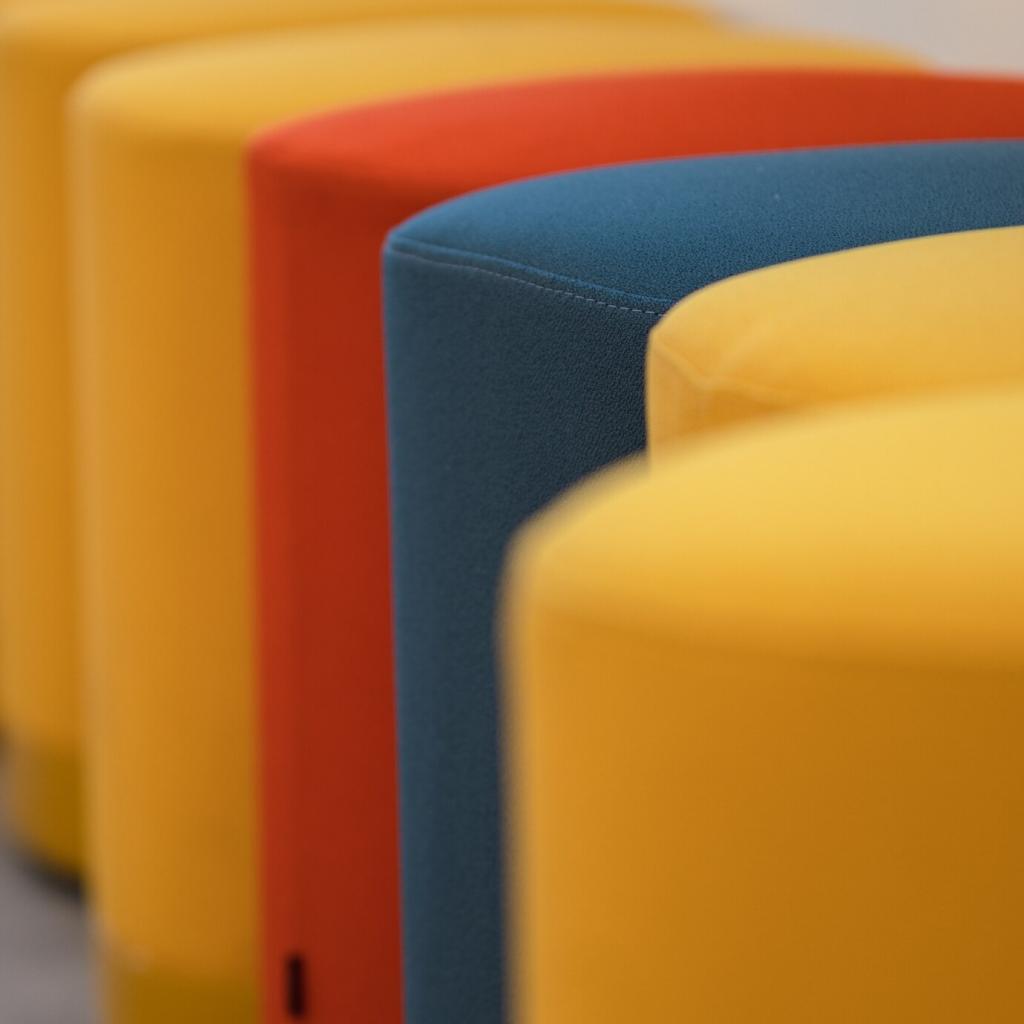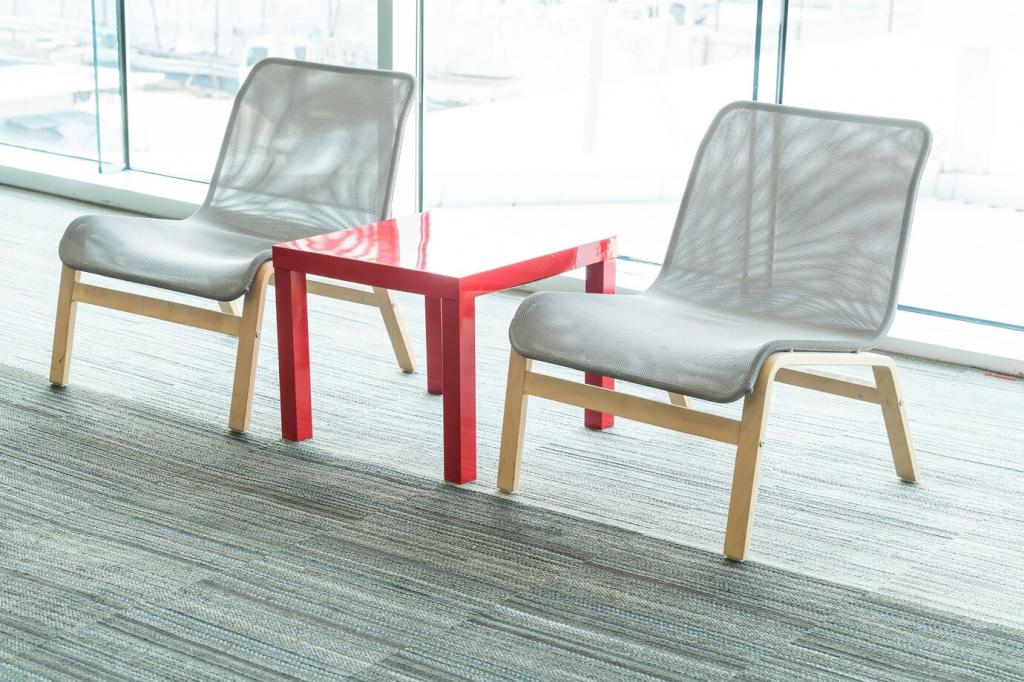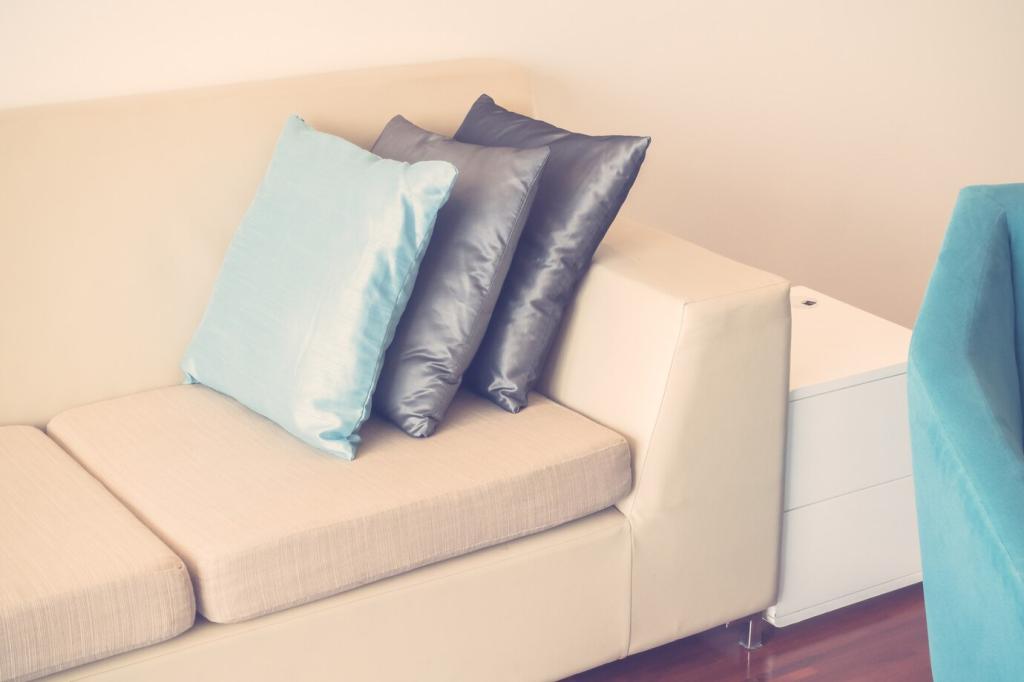Global Logistics, Local Living
Since Malcom McLean’s container breakthrough in 1956, standardized freight slashed costs and sped up style diffusion. Flat-pack engineering rode that wave, stacking minimalism on pallets worldwide. Convenience is real, but longevity matters. Ask: Will the joints tighten again? Will this shelf survive a second apartment move?
Global Logistics, Local Living
Social platforms compress geography and time, spreading Japandi serenity or cottagecore florals in weeks. Rapid cycles can exhaust makers and materials. Consider a slower scroll: bookmark timeless references and invest in pieces that improve with patina. Subscribe for our monthly list of enduring, trade-shaped classics.
Global Logistics, Local Living
As brands balance cost and resilience, some production returns closer to customers. Portuguese upholstery hubs, Indian carving towns, and Vietnamese rattan villages keep skills alive. Support companies that name their workshops and honor local expertise with fair timelines and fair pay.






